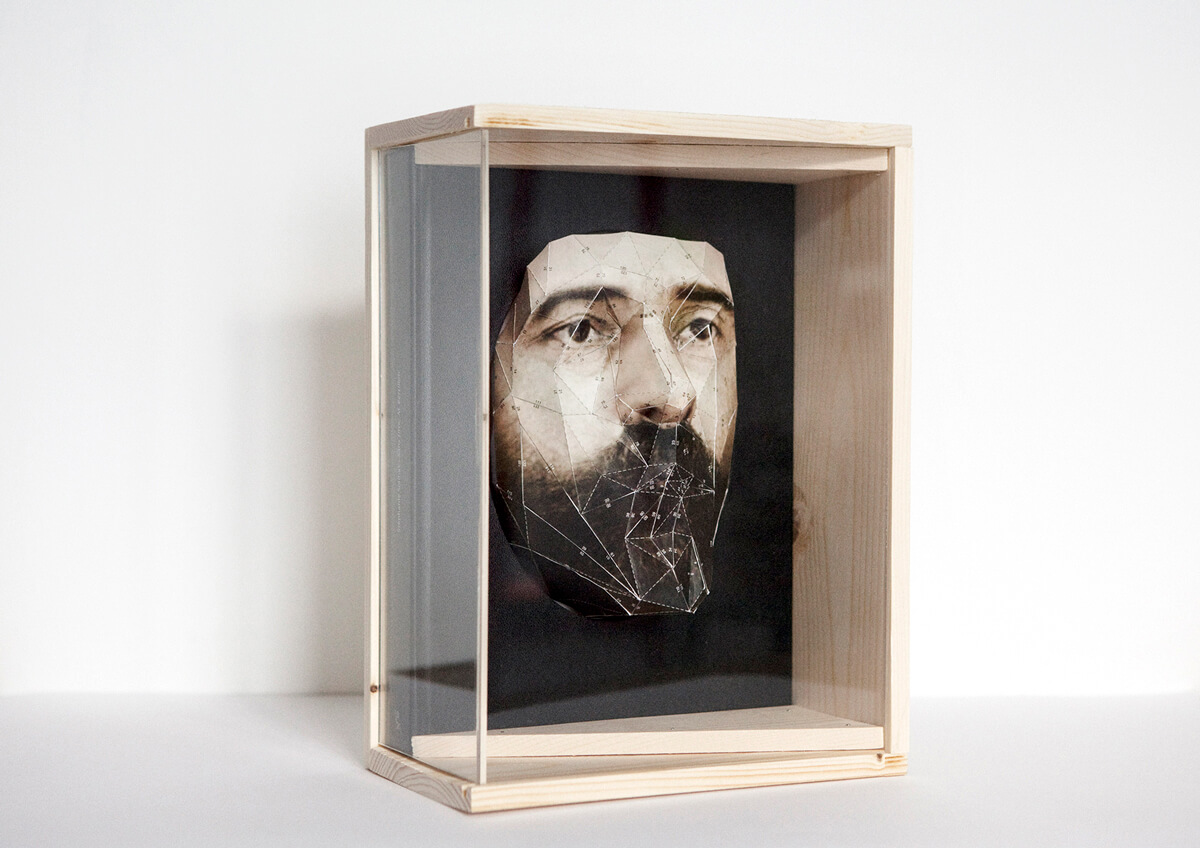As of today, more than 300 persons are cryogenized in the world, and many more are on waiting lists… The study of the behavior of living beings exposed to cold is a scientific discipline called cryobiology, named after the Greek word “kryos” which means “cold”. It studies the effects caused by very low temperatures on the body but also on metals. In 1962, a branch of this discipline – “cryonics” – appeared in the book of the American professor Robert Ettinger in The Prospect of Immortality. He hypothesizes that future technological and scientific advances will one day allow for revival, that is to say, a return to life after an indeterminate period of preservation. He was one of the pioneers of transhumanism in the 1970s.
Five years later, in January 1967, James Bedford was the first man to be cryogenically frozen in the United States. Today, he is still there, somewhere, his body immersed in liquid nitrogen, preserved at -196° in the hope that one day science will be able to resuscitate him. Today, only the United States, Russia and recently China tolerate cryonics without a clear legal framework. There are three leading companies in this expanding market: the American companies “Cryonics Institute” and “Life Foundation Alcor”, and “Kriorus” in Russia. They drive in concreto a real reconfiguration of death within an extremely revealing marketing strategy shown on the home page of their website. Cryonics is described as a form of biostasis,
that is to say as a suspension of animation through a state close to hibernation, while the deceased placed in the cryostat is assimilated to a “patient” and not to a “deceased”. Finally, cryonics takes up ancestral beliefs: “Habes somnum imaginem mortis” wrote Cicero: “Death is a dreamless sleep”.
For an amount in between twenty thousand euros – some only keep the head, imagining that science will be able to provide them with a synthetic body – and two hundred thousand euros, candidates can now subscribe to a methodically orchestrated
program. Cryonics is no longer a fantasy: it is part of our time, of our culture, it has even become a business. This new kind of mummification has developed a precise method. The starting point is the concept of “informational death”. This (unproven) theory is based on the fact that the brain preserves the individuality of a person, even if clinical death is pronounced. This “legal death” triggers an optimized care of “patients” within the six hours after death.
Then, the bodies go to the cryonics warehouses which will preserve, for an indefinite period of time, the bodies whose blood has been replaced by a mixture of glycerin acting as antifreeze. This bet on the future is legally prohibited everywhere else, which may have caused waves of protest as in 2014, when a British teenager obtained an official right to cryonics in The United States, knowing she was doomed. In common parlance, immortality is defined as being immortal, i.e. not being subject to death, not dying. Today, this term has no specific legal meaning and forces us to question the legality and the validity of cryonics. In other words, without a body, the legal person is supposed to disappear.
Cryonics is still a matter of speculation, even if Aliens, Austin Power, Resident Evil, Avatar, Interstellar or even Captain America feed this fantasy. However, recent discoveries are rekindling the interest of scientists, such as the awakening
of a tardigrade frozen for 30 years or a rabbit kidney vitrified and then successfully transplanted into another rabbit. In light of these announcements, the prospect of immortality no longer seems completely implausible to some.
Ultimately, if cryonics one day demonstrates its effective possibilities, what will post-mortem data look like? In France, the 2016 Law for a Digital Republic addresses the issue of “digital death”, from now on it is up to individuals to decide
during their lifetime what will happen to their data after their death. Many economic, ethical and philosophical questions will eventually arise for these “sleeping beauties”. Will they be wanted in the next world? Will they be able to adapt?
What will they inherit? All these reflections and the spectacular character of this growing sector are the reflection of a contemporary trend. They reveal something about our society and its relationship to death, as if it were now repressed, hidden, medicalized, procrastinated or even inconceivable.










